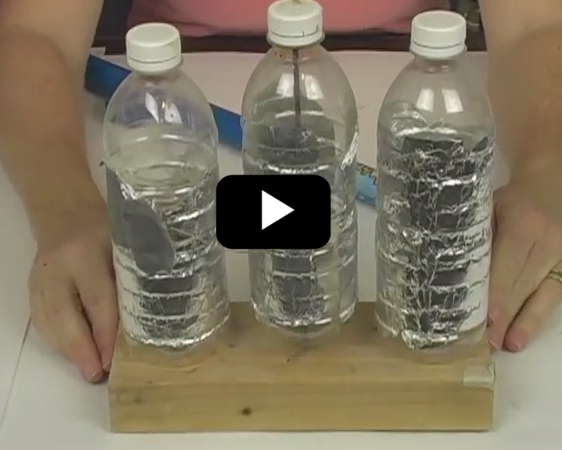If you have a Fun Fly Stick, then pull it out and watch the video below. If not, don't worry - you can do most of these experiments with a charged balloon (one that you've rubbed on your hair). Let' play with a more static electricity experiments, including making things move, roll, spin, chime, light up, wiggle and more using static electricity!
Please login or register to read the rest of this content.


The penny is used to provide a strong surface that easily supports the canister and allows us to drill the small divot. The penny isn’t used to carry a charge. If your lid already has a divot, feel free to try out your motor without the penny. But you may find that it spins more consistently once the penny with a divot is used.
Do you have to have a penny on the lid of the center film canister? We already have a divet on the lid of our film canister. So i am asking is the penny necessary for carrying the charge through?